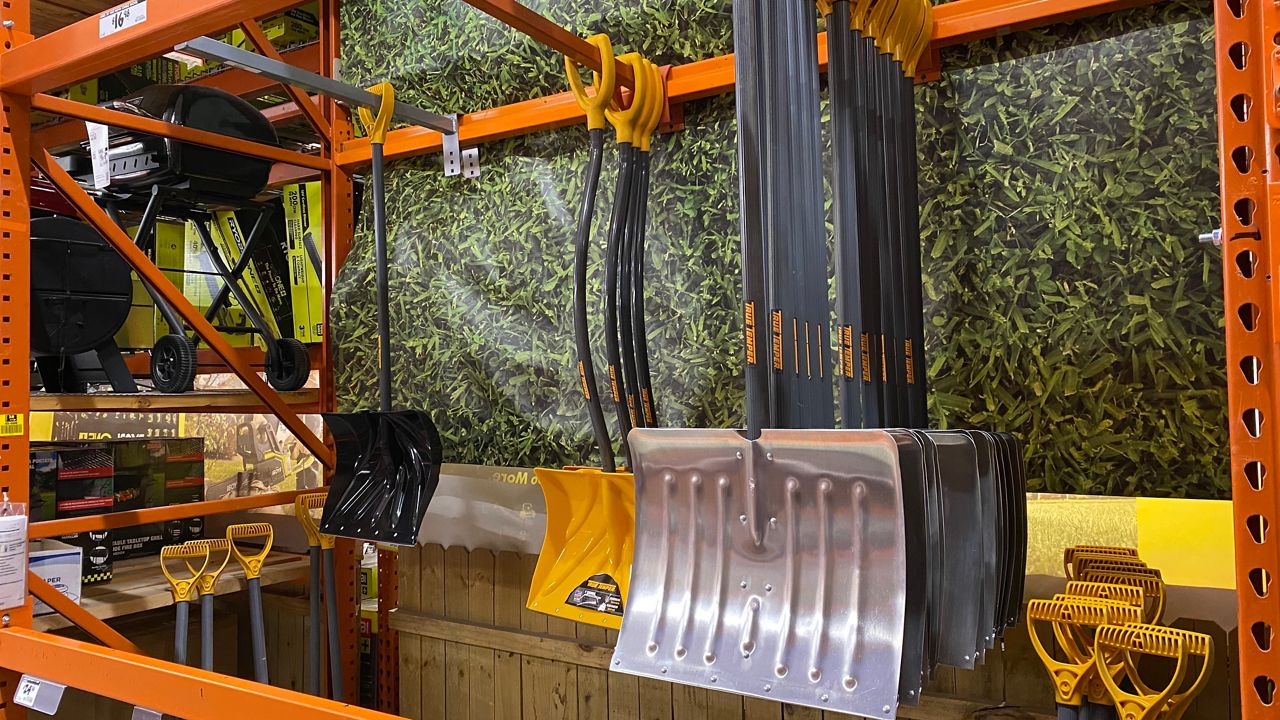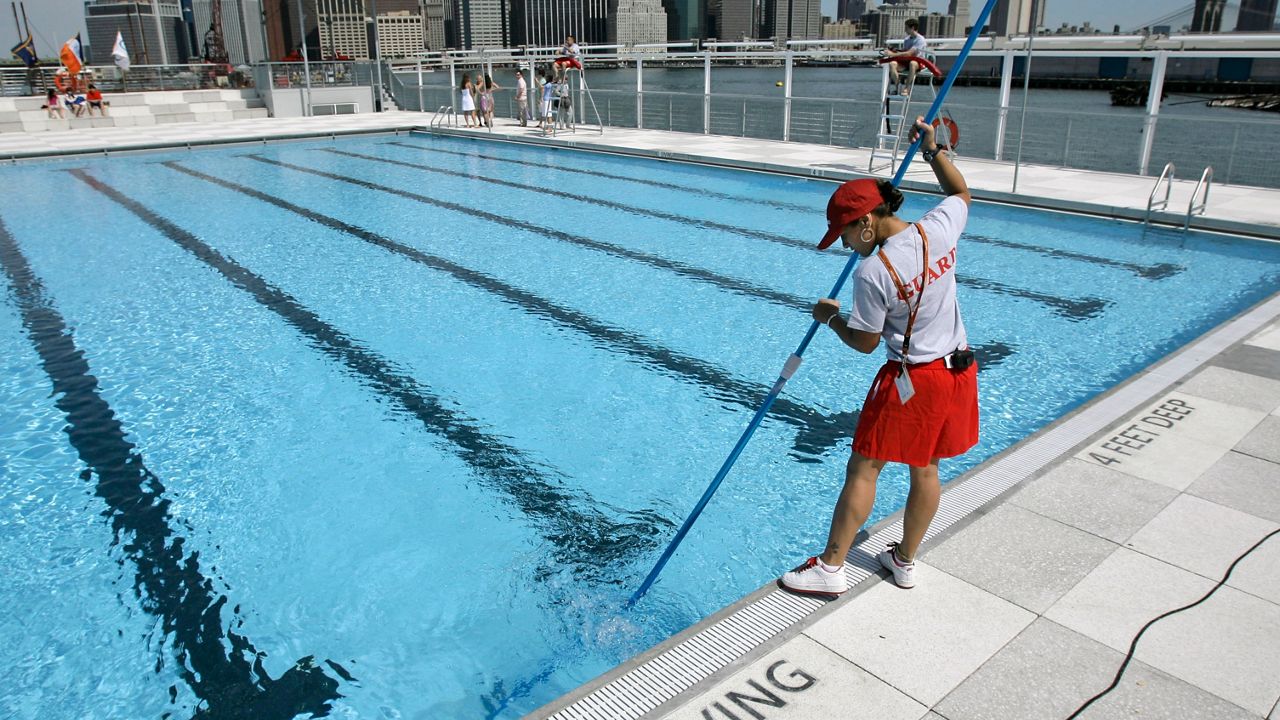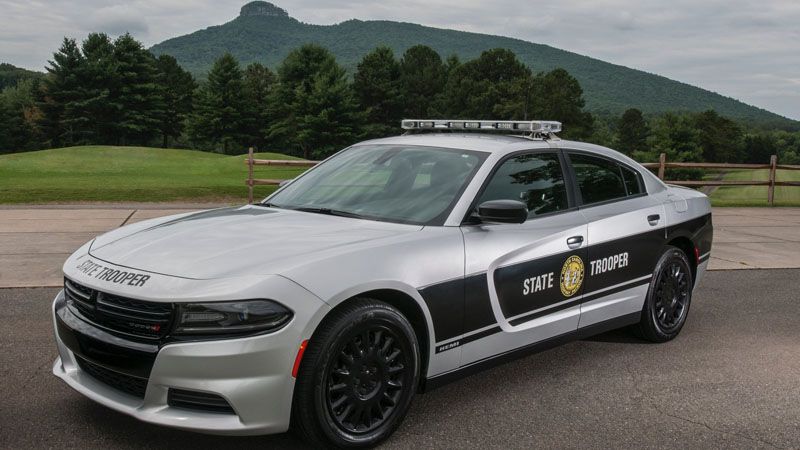The second winter storm in a week has North Carolina preparing once again for ice and snow.
With rain ahead of the winter weather, and freezing temperatures forecast for the weekend, travel could be dangerous for a couple of days.
Gov. Roy Cooper already declared a state of emergency ahead of the storm.
“This state of emergency will waive some transportation regulations to allow for quicker storm preparation and response and power restoration,” Cooper said.
“North Carolinians should prepare today for this storm and make sure they have any medications, food and emergency equipment they may need over the next few days,” he said.
Hardware and grocery stores were doing brisk business in the Triangle on Thursday, with people stocking up on food and buying last-minute snow shovels and deicing salt.
It’s been a cold, wintry January in North Carolina so far, so here are some tips to stay safe and make the most out of these winter storms:
A walk after a good snow is beautiful, especially in North Carolina. But you need to layer to really stay warm.
Here’s the official word from North Carolina Emergency Management: “Wear multiple layers of thin clothing instead of a single layer of thick clothing.”
A couple of long-sleeved shirts and a sweatshirt under that winter jacket will go a long way to keeping everyone warmer when they go out to play in the snow. Long underwear helps, too.
Pets should not be left outside in winter storms, especially with the cold temperatures forecast for North Carolina this week.
People should also make sure they’re stocked up on pet food and any medications their pets need before the storm hits.
Livestock and other animals should be moved to a covered shelter and make sure they have plenty of food and fresh water. Remember, water bowls and troughs can freeze over when the temperature is well below freezing for too long.
It’s not just pets who need supplies when a winter storm hits. The run on bread and milk has already begun in North Carolina. The governor this week warned that roads could be treacherous for a couple of days with this storm, so people need to make sure they have food and necessary medications.
N.C. Emergency Management says homes should have at least three days of supplies in case the power goes out and the roads are bad. People should also have batteries on hand for flashlights and weather radios.
People should make sure they keep their phones, battery packs and any other devices fully charged in case the power goes out.
If the power goes out, report it to the power company, not by calling 911.
- Duke Energy: 800-769-3766
- Duke Energy Progress: 800-419-6356
- Dominion Energy: 866-366-4357
The N.C. Department of Public Safety has an interactive map to see how many homes and businesses are without power across the state. The DPS site also has a list of numbers to report outages for other power companies and cooperatives.
The No. 1 rule for power generators is to keep them outside and away from doors and windows. Generators put out carbon monoxide, which is poisonous.
Every year the media has a story about someone getting very sick or dying because they were using a generator inside. Just don’t do it.
Using a gas or charcoal grill inside can be just as bad as a generator. Do not use a grill inside.
But camp stoves and grills can be used to cook outside in the cold as normal.
Many school districts in the Triangle to the east have already announced a snow day or remote learning day for Friday.
See a full list of closings for your area: Triangle | Coastal N.C. | Triad | Charlotte
Just because some schools decided to go with remote learning days, some kids will still get outside and play in the snow (at least for areas that get snow and not just an ice storm).
Sleds have been hard to come by in North Carolina. The retailers who did have them will probably be sold out by now. But there are plenty of alternatives for improvised sleds: pool floats, dining hall trays, lids from big Tupperware bins, and anything else that’s reasonably flat and smooth can coast someone down a hill with the right amount of snow.
All the advice from public officials and meteorologists for those in the path of the winter storm is to stay home and don’t drive. But if you have to drive, here’s are some tips for winter weather driving from AAA:
- Drive slowly. Always adjust your speed down to account for lower traction when driving on snow or ice
- Accelerate and decelerate slowly. Apply the gas slowly to regain traction and avoid skids. Don’t try to get moving in a hurry and take time to slow down for a stoplight. Remember: It takes longer to slow down on icy roads
- Increase your following distance to five to six seconds. This increased margin of safety will provide the longer distance needed if you have to stop
- Know your brakes. Whether you have antilock brakes or not, keep the heel of your foot on the floor and use the ball of your foot to apply firm, steady pressure on the brake pedal
- Don’t stop if you can avoid it. There’s a big difference in the amount of inertia it takes to start moving from a full stop versus how much it takes to get moving while still rolling. If you can slow down enough to keep rolling until a traffic light changes, do it
- Don’t power up hills. Applying extra gas on snow-covered roads will just make your wheels spin. Try to get a little inertia going before you reach the hill and let that inertia carry you to the top. As you reach the crest of the hill, reduce your speed and proceed downhill slowly
- Don’t stop going up a hill. There’s nothing worse than trying to get moving up a hill on an icy road. Get some inertia going on a flat roadway before you take on the hill






)


